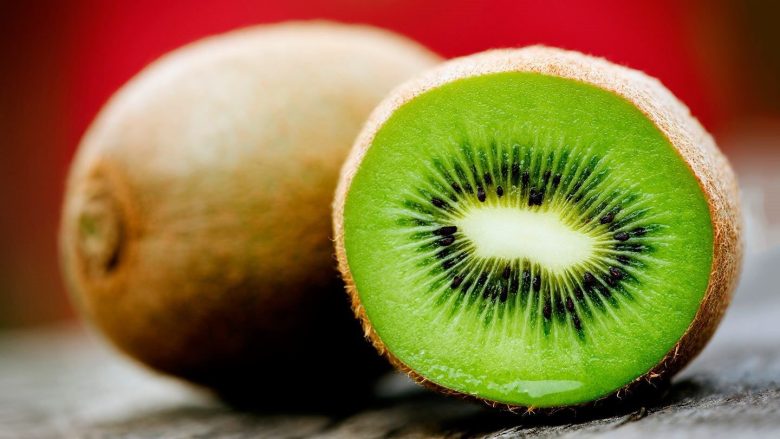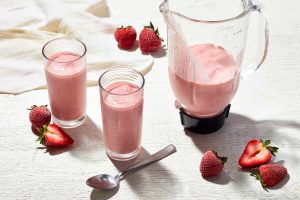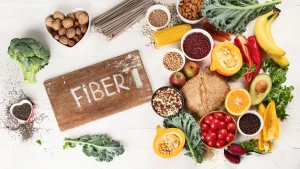To control diabetes, you need to pay close attention to your diet, especially how many carbohydrates you eat and how much sugar you have in your blood. Fruits are good for you, but the natural sugars they contain can change your blood sugar levels. However, some vegetables are better for people with diabetes than others because they provide important nutrients without raising blood sugar levels too much. Adding the right foods to your diet can help control diabetes and improve your overall health. This article discusses which fruits are best for diabetics and how to consume them.
1. Berries
Berries such as blackberries, raspberries, blueberries, and strawberries are great for diabetics. They are low in calories and carbohydrates but contain high amounts of fiber, vitamins, and antioxidants. Berries contain fiber, which slows down sugar intake and prevents blood sugar levels from rising too quickly. Finally, the vitamins in berries help fight inflammation and prevent diabetes-related problems. Berries are delicious on their own, added to smoothies, or added to yogurt and cereal.
2. Apples
Apples are another food that can help diabetics. They contain high amounts of fiber, especially pectin, which keeps blood sugar levels stable. A medium apple contains about 25 grams of carbohydrates and 4 grams of fiber. Additionally, apples have a low glycemic index, meaning they raise blood sugar levels slowly and steadily. They provide you with important vitamins such as vitamin C and antioxidants. Apples are a healthy and filling snack that can be eaten raw, cooked, or added to salads.
3. Pears
Pears are good for diabetics because they contain little sugar and a lot of fiber. One medium pear contains about 100 calories and 6 grams of fiber. Fiber ensures that the body takes longer to absorb sugar into the bloodstream. Pears also contain high amounts of vitamins and antioxidants, which are generally good for your health. You can eat them raw, put them in soups, or bake them in delicious desserts. Pears contain fiber, which helps your body digest food better and keep blood sugar levels stable.
4. Oranges
Because oranges are rich in vitamin C, calcium, and other good-for-you substances, oranges are a good choice for diabetics. One medium orange contains about 62 calories, 15 grams of carbohydrates, and 3 grams of fiber. Oranges have a low glycemic index, meaning they have little effect on blood sugar levels. Oranges contain fiber that helps control the amount of glucose absorbed, as well as vitamins that protect the immune system. Oranges can be juiced, eaten as a snack, or added to meals. To get the most fiber, it is best to eat the whole fruit.
5. Kiwi
Kiwi fruit is a nutritious food that is useful for diabetics. A medium kiwi has a low glycemic index and contains about 42 calories. It also contains 10 grams of carbohydrates. It contains high amounts of fiber, antioxidants, and vitamins C and K. The fiber in kiwi helps control blood sugar levels by slowing the absorption of sugar in the body. Grapefruit can be eaten alone, mixed with fruit salad, or over cereal and yogurt. It is a good choice for diabetics because it is very healthy and does not increase or decrease blood sugar levels.
6. Peaches
People with diabetes can eat a small amount of peaches, which are juicy and sweet. One medium peach contains approximately 59 calories, 14 grams of carbohydrates, and 2 grams of fiber. Peaches have a low to moderate glycemic index, which helps control blood sugar levels. They also contain high amounts of fiber, iron, vitamins A and C. You can pick peaches straight from the tree, put them in drinks, or bake with them. If you want to avoid extra sugar, opt for water or natural juice instead of canned peaches packed in syrup.
7. Avocados
Although avocados are fruits, they are different because they are rich in good fats rather than carbohydrates. Half an avocado contains about 120 calories, 6 grams of carbohydrates, and 5 grams of fiber. Avocados contain monounsaturated fat, which helps insulin work better and reduces inflammation. They also provide you with potassium and vitamins C, E, K, and B6. To make your smoothie smoother, you can add avocado to salads, put it on toast, or blend it in other ways. They are an excellent choice for treating diabetes because they are low in carbohydrates and high in nutrients.
Using Fruits to Control Diabetes
Adding these foods to your diet can help control diabetes in several ways:
- For a quick, healthy snack, make sure you have fresh fruit on hand. To keep blood sugar levels balanced, eat them with protein-rich foods such as nuts or cheese.
- Mix them into cereal, yogurt, or oatmeal to give your meals a fruitier flavor. A healthier way to start your day is with a smoothie.
- Fresh fruits like oranges, berries, and apples can make salads taste better. They sweeten it naturally and give it a delicious taste.
- Water-rich fruits like watermelon and grapefruit can help you feel refreshed and full. You can eat them with a meal or as a snack to cool down.
- Be careful about how much fruit you eat, especially fruits that are high in carbohydrates, such as grapes and cherries. You can eat them alone or with other low-carb foods for a healthy meal.
Conclusion
By adding these best diabetes-friendly fruits to your diet, you can enjoy their delicious taste while keeping your blood sugar levels under control. An important part of a healthy diet, these fruits not only help people with diabetes but also improve their overall health and well-being.
FAQs
1. Can I eat fruit if I have diabetes?
If you have diabetes, you can still eat fruit. To prevent blood sugar levels from rising too quickly, it is important to choose vegetables with a low glycemic index and pay attention to how much you eat. Berries, apples, and pears are all good fruit choices.
2. What is the glycemic index? Why is it important for people with diabetes?
The glycemic index (GI) tells you how quickly a food raises your blood sugar levels. Low GI foods are broken down and consumed more slowly, causing blood sugar levels to rise more slowly. This is important for diabetics because it helps them better control their blood sugar levels.
3. Are dry fruits good for diabetics?
When eaten in a balanced way and without added sugar, dried fruits can be a healthy part of a diet for diabetics. It’s important to watch how much you eat because they contain more sugar and calories than fresh vegetables. Choose unprocessed dried fruit to avoid extra sugar.
4. Does apple juice change blood sugar levels?
Yes, juice can change blood sugar levels because it usually contains a lot of natural sugars, but not a lot of fiber. This means that the sugar is absorbed faster, causing blood sugar levels to rise. Whole vegetables are generally better for people with diabetes because they contain fiber, which slows the absorption of sugar.
5. What foods should I stay away from if I have diabetes?
You shouldn’t stay away from all fruits, but it’s best to limit fruits with a high GI, such as watermelon, pineapple, and overripe bananas. These things can cause blood sugar levels to rise more quickly. The key is moderation and quantity control.




